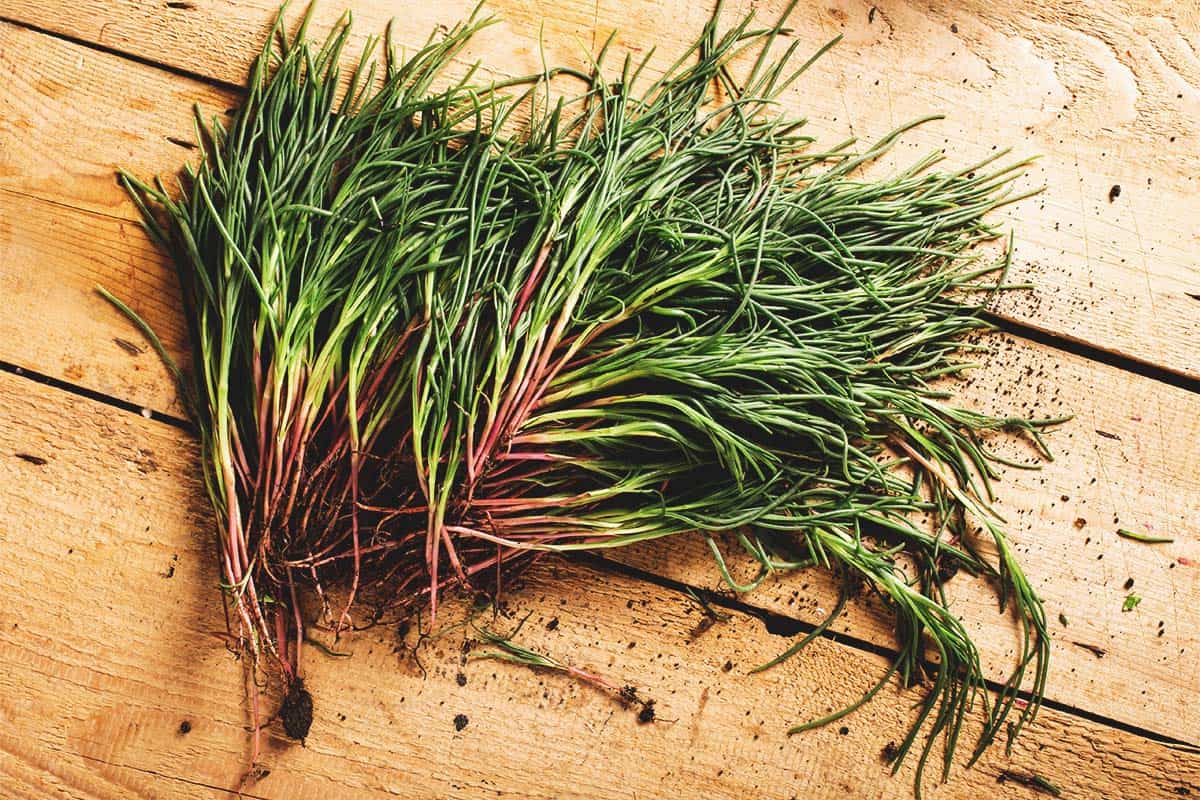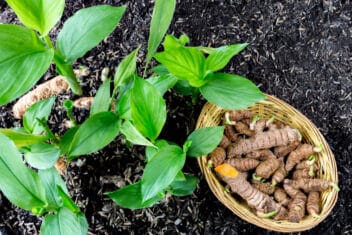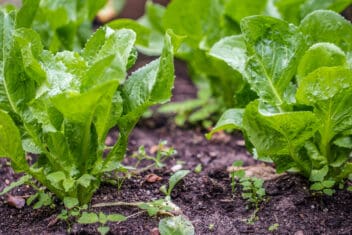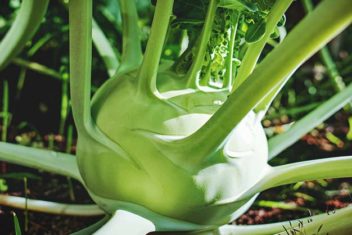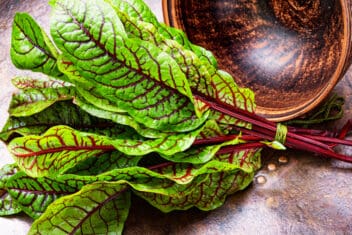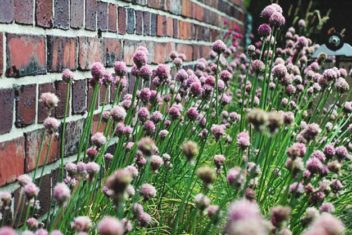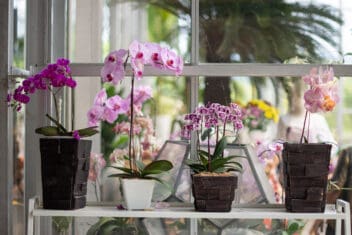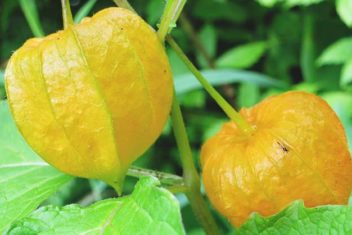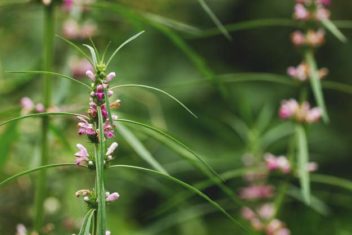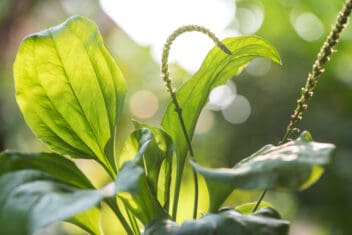If you’ve never heard of agretti (salsola soda), you’re not alone. It’s known by a number of other names such as friar’s beard, barril, saltwort and roscano.
If those names are unfamiliar to you, don’t worry. It’s not too late to learn about this wonderfully unique herb that is a favorite of top chefs around the world. Home cooks line up in Rome to get agretti when it’s in season.
Curious about how to get this little-known plant to grow in your area? Read on.
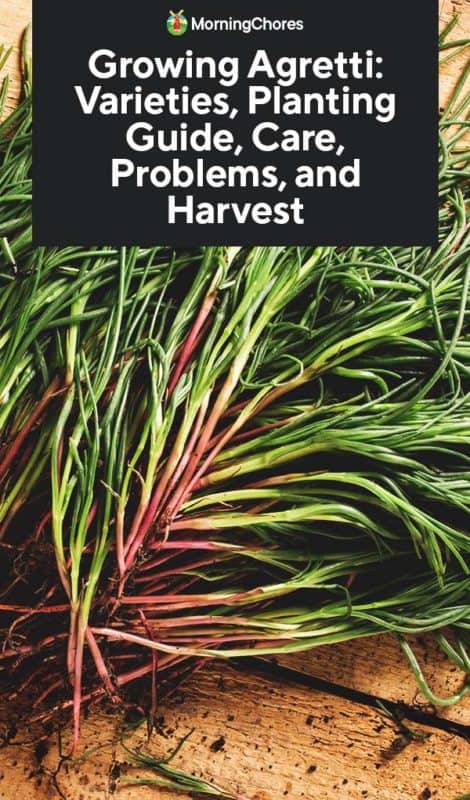
How to Grow Agretti
Agretti grows in coastal areas buffeted by salty winds, but it grows equally well in other types of environments and soils. You can even grow it in cooler climates if you use protective covers or in a greenhouse.
Growing Zones
Agretti grows in USDA Agricultural zones 8 through 11.
However, if you live in zones 6 or 7, you can still give agretti a try. It has a short maturing time – about 50 days – so if you live in a cooler climate, plant in the early summer after the temperatures in your area warm up past 65°F.
Sun Requirements
Agretti requires full sun. It becomes temperamental in partial shade and you may end up disappointed.
Think of coastal areas around the Mediterranean basin, where agretti grows naturally – lots of sunshine and hardly any shade.
Soil Requirements
Agretti grows well in well-draining, loamy soil. It does best with a pH between 6 and 8.
Due to the low germination rate of agretti seeds, you want to give it the best chance as possible once transplanted, so try your best to get the soil right.
Enrich the soil with compost and manure, and consider growing in raised beds if your soil isn’t well-draining.
When to Plant
Plant as soon as you can in spring. Wait for the temperature to reach a consistent 65°F and for all chance of frost to pass.
That said, the plant tends to get woody once temps get too hot, so the sweet spot is just after the frost, before the heat of summer sets in.
Stagger planting throughout mid-summer to ensure a continuous supply.
Container Planting
I’ve successfully planted agretti in containers. It enabled me to move the container to follow the sun.
Make sure the medium you use in the container doesn’t dry out, especially with the sunny position. Use a container-specific potting soil that is made to retain water.
Planting Seed
Agretti seed stays viable for anywhere between 3 months and, at maximum, 12 months. It also has a pretty low germination rate.
Because of this, you must buy your seed from a reputable merchant to ensure you have fresh seed. Then, get your seeds in the soil right away.
Although agretti can withstand cooler temperatures, the seed needs to germinate in warmth, so plant in small pots inside in March or April. I always soak my agretti seeds in water overnight because they’re hard and I want to soften them a little bit.
Plant in good quality seed raising mix about half an inch deep. Keep the soil moist and wait for them to germinate in 7 to 14 days. Keeps seeds at about 75 to 80°F.
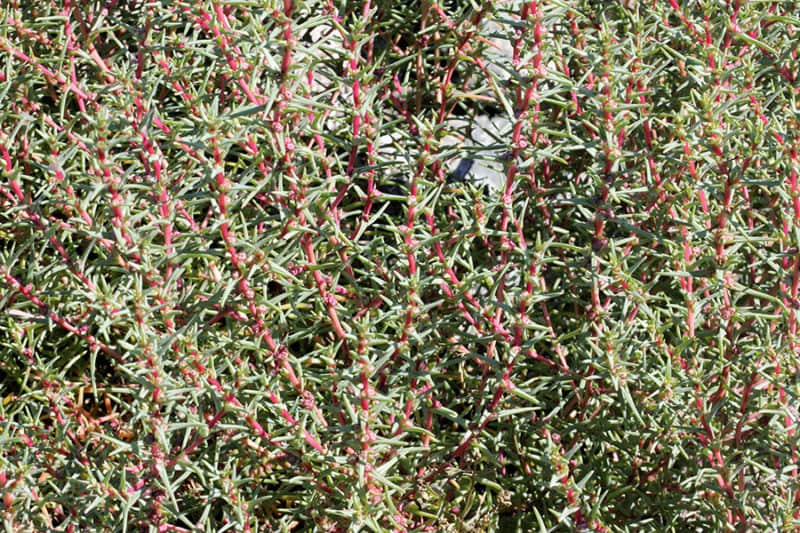
Agretti looks similar to rosemary when it first germinates. It has a deep red stalk which fades as the plant matures.
Transplanting Seeds
As long as the frosts have passed and the agretti seedlings are over 2 inches tall, you can plant outside.
Spacing
Plant about 15 to 20 inches apart.
Caring for Agretti
Once you get it going, agretti isn’t too fussy.
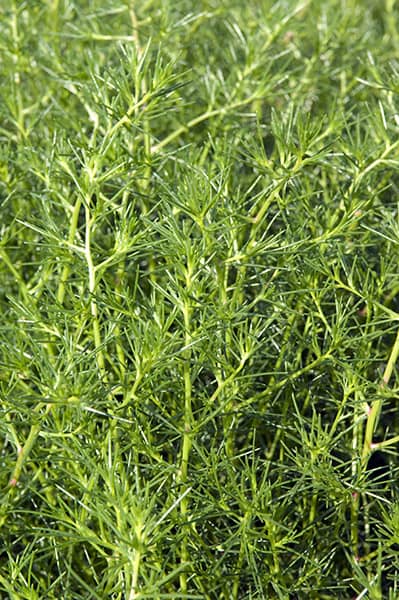
Fertilizer
As long as you dig in well-rotted manure prior to planting, you shouldn’t need to fertilize agretti again. If you find the plant is struggling or seems stunted, water with a good quality 10-10-10 liquid fertilizer.
Water
Don’t allow agretti to dry out because it affects the texture of the plant at harvesting. Keep the soil moist, but not waterlogged.
If you don’t experience dry conditions, you can generally leave agretti to fend for itself. Otherwise, provide an inch of water a week.
Make sure you water at the roots only to avoid spreading water-borne diseases.
Agretti is so tolerant of salty conditions that you can even water it with saltwater.
Mulch
Agretti is a plant you can harvest from multiple times, so it pays to keep it as happy as possible. Mulch keeps it moist and healthy.
Companion Planting for Growing Agretti
Try planting agretti with any leafy brassica like:
- Cauliflower
- Brocolli
- Cabbage
- Rutabaga
- Turnip
You can also plant agretti with:
- Tomato
- Parsley
Common Problems and Solutions for Growing Agretti
There is little that dramatically affects this salty little plant, especially as it matures. When transplanted and for the first few weeks, it’s susceptible to a few pests.
Slugs and Snails
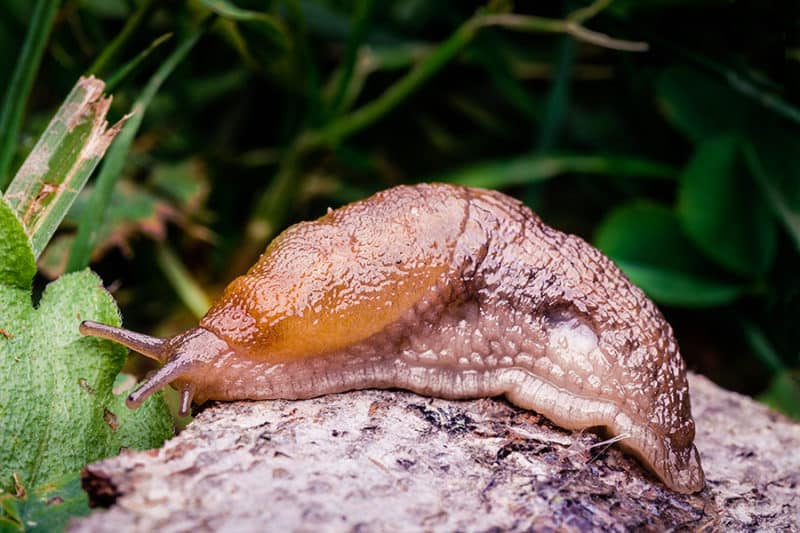
When agretti is young and tender, it can be eaten by slugs and snails. They will nip at the thin, tender leaves as they begin to grow. Use snail pellets or whatever technique you prefer for slugs and snails for the first couple of weeks.
Cabbage Looper
Considered by some as one of the most prolific crop pests in North America, the cabbage looper eats agretti in addition to cabbage. Loopers in large numbers can destroy crops.
Pick this pest off if you see them, and encourage birds to hang out in your yard, because they love to snack on inchworms. You can also cover young crops with floating row covers.
Tarnished Plant Bug
This is a common sucking insect, meaning it sucks the sap or liquid from the plant.
Keep your garden well-weeded to avoid giving them a home. Use sticky traps to capture them. If that fails, use a targeted insecticide.
Cabbage White
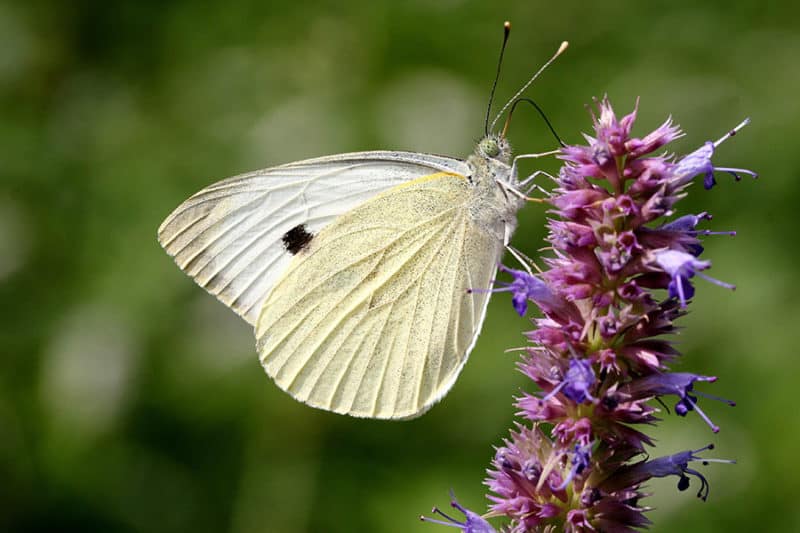
This common garden pest lays its eggs on agretti and the plant becomes food for the caterpillar young. Stressed plants in drought conditions will succumb if the numbers are high enough.
You can use floating row covers or Bacillus thuringiensis spray to control them.
Harvesting Agretti
Agretti is one of those wonderful plants you can cut and it will regrow for a second or third harvest. In some situations, agretti is prolific and will not only regrow after being harvested, but can continue to spread.
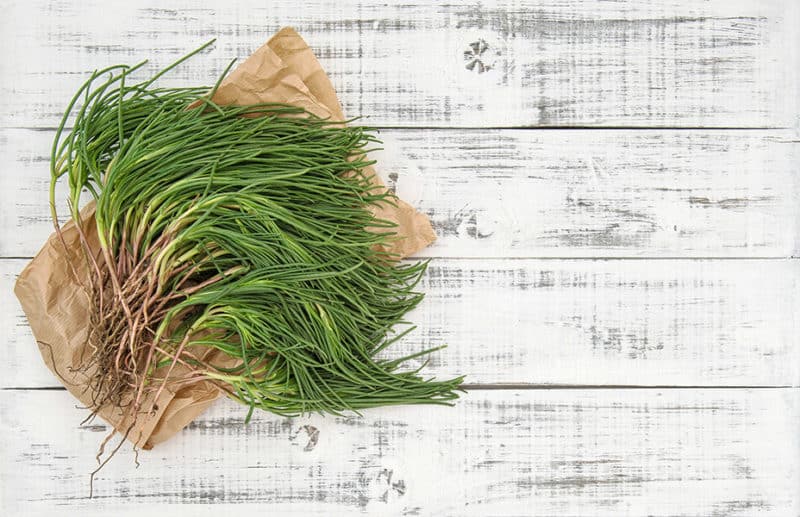
Cut the top inch or so off when the stalk reaches about 7 inches in length. You want the fresh, tender leaves.
Agretti has fully grown when it reaches about 25 inches high and 15 inches across, but start snipping when the plant is about 7 inches high. Once the plant gets too big, the central column becomes too woody to use, so continue to take the fresh, new growth.
One trick is to snip out the central column once it reaches about 6 inches. This encourages the plant to puts its energy into growing the outer branches, rather than focusing on the center column.
Using Agretti
Agretti has a salty and slightly sour taste that is pleasant and is often just sautéed in butter and garlic as a side dish.
The young leaves can be eaten raw in salads, on sandwiches, and as a garnish. Agretti can be eaten as a side dish or as a base to lay fish or other meat on.
It can be added to soups and stews to give a lovely earthy, salty taste. It goes particularly well with fish, pasta and olive oil.
If you want a more traditional use, simply sautee or steam and dress with lemon juice, olive oil and season with salt and pepper.
I have pickled and fermented agretti successfully.
Don’t overcook agretti, whether you roast, saute, or steam it. It should be crisp and still retain its lovely dark green hue.
Get to Know Agretti
If you haven’t already, it’s time you’ve tried this wonderful plant. If you get agretti established, it is a prolific provider with such a unique and wonderful flavor.
There’s a reason that chefs like Jamie Oliver are nuts for the taste of agretti – it’s unique and delicious.
If you’ve had success growing and cooking agretti, we’d love to hear from you. Fill us in on your adventures in the comments below!
